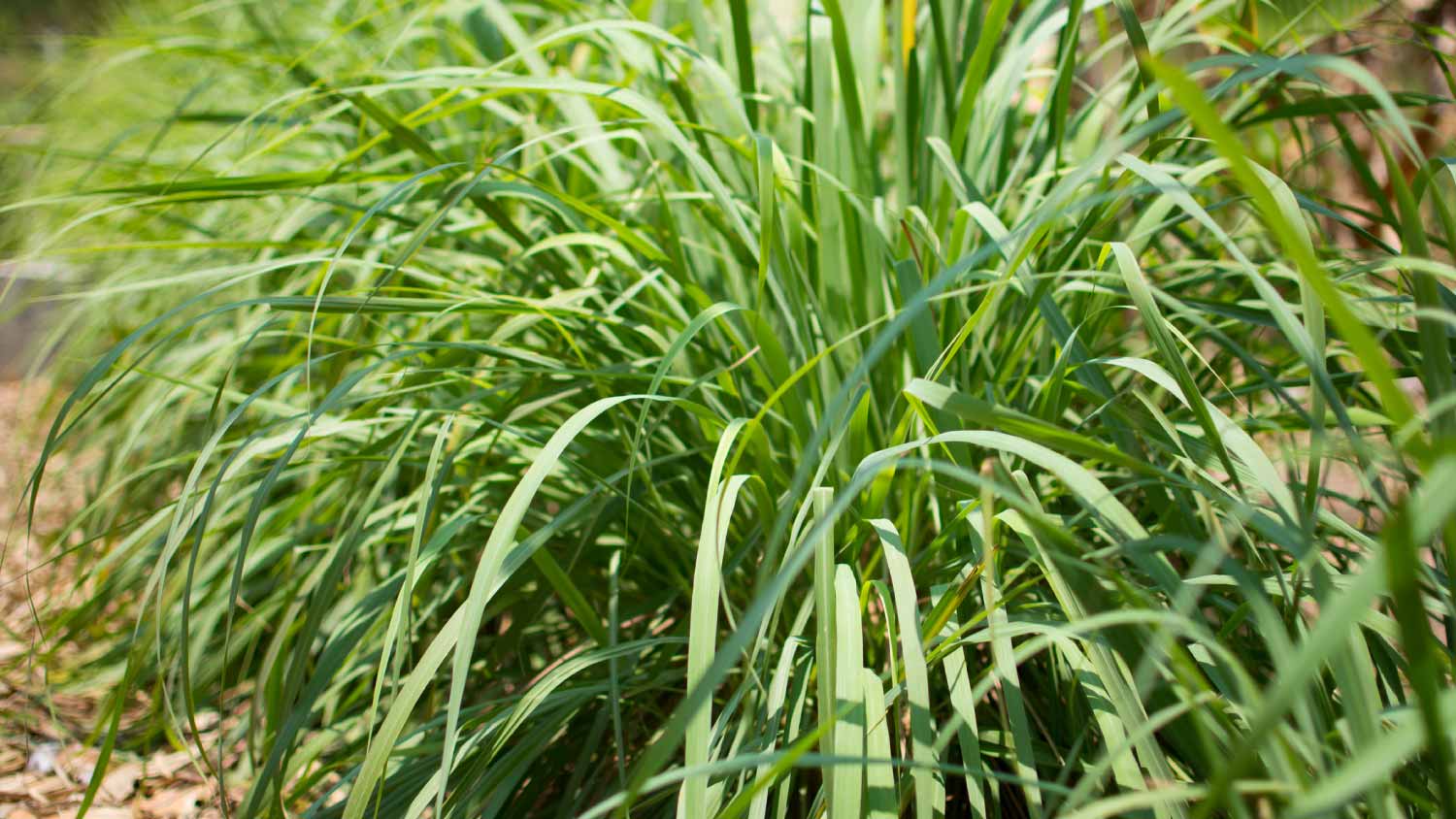
Your total lawn care cost depends on several factors, including the type of service and lawn size. Our guide will cover what you can expect to pay for lawn care.
Discourage hungry bunnies and other garden nuisances the natural way


Almost every gardener knows the frustration of walking outside to discover that a beloved perennial or tomato plant has been chewed to the ground. One way to keep destructive deer, rabbits, and other critters away from your garden is to incorporate plants that repel pests into your landscape design. (A major bonus: Some of them repel mosquitoes, too.) Here are 10 pest-repelling plants that every gardener should know.

These plants help repel many critters that want to eat your ornamental or vegetable garden plants. But because these plants are toxic to some mammals, they’re also often toxic to pets, so take that into consideration when planning your pest-resistant landscaping project, whether you DIY it or hire a local landscaper. If you have a significant problem, you may need to consider a professional animal removal service, which can cost between $180 and $588.
Alliums are a good repellent for deer, mice, and rabbits, and they have large, beautiful globe-shaped flowers. They have a slight onion-like scent that critters don’t like.
Lavender is a good deterrent for rabbits, because they don’t like the smell. (It also works to help keep insects like mosquitoes, fleas, and moths away—see below for more bug-repelling plants.) Be aware that lavender contains linalool, which is toxic to both dogs and cats, so you’ll need to keep your furry friends away from it.
Oregano is a common culinary herb, but it’s also a great deer repellent. It will grow in almost any soil and can spread quickly, so you can use it as a ground cover as well as a deer shield.
Because of the presence of the chemical lycorine, daffodils repel squirrels and other critters. In addition to being toxic to many mammals, the bulbs of a daffodil plant will taste bitter to animals who try and take a bite.

These plants will help keep unwanted insects out of your garden, but they also contain chemicals that can be poisonous to pets. While some pets will stay away from plants that are toxic, others might not, so you should use your best judgment when deciding whether and where to plant these.
Lemongrass contains the same insect-repelling compound found in citronella candles, so it's a good choice as a mosquito deterrent. The grass can grow as tall as three feet, so take that into consideration when using it in your landscaping. And you should make sure your dogs and cats don’t eat it.
Chrysanthemums are a popular perennial with the hidden power of being toxic to most insects. The flowers have a chemical in them called pyrethrum that is deadly to bugs like mites, ticks, and fleas. Be careful, though, because these showy blooms are not safe for pets to eat.
Not only do these plants help keep bugs away, you also don’t have to worry if your dog or cat nibbles on them.
Did you know basil is one of the best mosquito-repelling plants? Basil is toxic to mosquito larvae, so it will help to keep the population down in your yard or garden. And here’s a hack: Plant basil around tomatoes to enhance flavor, then use the basil and tomatoes to make a delicious marinara sauce.
Rosemary keeps mosquitoes away from your plants, your pets, and your family—and it adds a pleasant aroma to your garden, too. It is very safe for dogs and other pets, and while it won’t totally get rid of fleas, it will help prevent them from bothering your animals.
The perennial plant sage is non-toxic to furry friends and has pest-repelling properties for not only you, but for your other plants, too. Sage grows well in cooler climates with less sun, and it can also grow to be very tall—up to 4 feet. It’s a good option for a natural insecticide that won’t hurt your dog or cat.
Cats love catnip, but mosquitos do not. Research has shown that the natural oil nepetalactone found in catnip can be 10 times more effective at keeping mosquitos away than DEET. Catnip is also safe for dogs.
Kate Fann contributed to this piece.
From average costs to expert advice, get all the answers you need to get your job done.

Your total lawn care cost depends on several factors, including the type of service and lawn size. Our guide will cover what you can expect to pay for lawn care.

Artificial grass is a low-maintenance alternative to traditional turf. Learn how much artificial grass installation costs and what affects your price.

The cost to reseed a lawn can vary depending on the size of your yard and the condition of the soil. We’ll help you figure out the true cost of reseeding or overseeding your lawn, along with whether or not you should hire a professional.
Fertilizer burns can result in discolored or dead grass. These nine tips will help prevent lawn burn and keep your yard looking healthy and green with fertilizer.

Properly identifying weeds is essential for keeping them under control. Learn about the most common types of weeds in grass and how to get rid of them.

Does mowing less sound appealing? Here are the no mow grass pros and cons and alternative choices for a lawn that requires less maintenance.